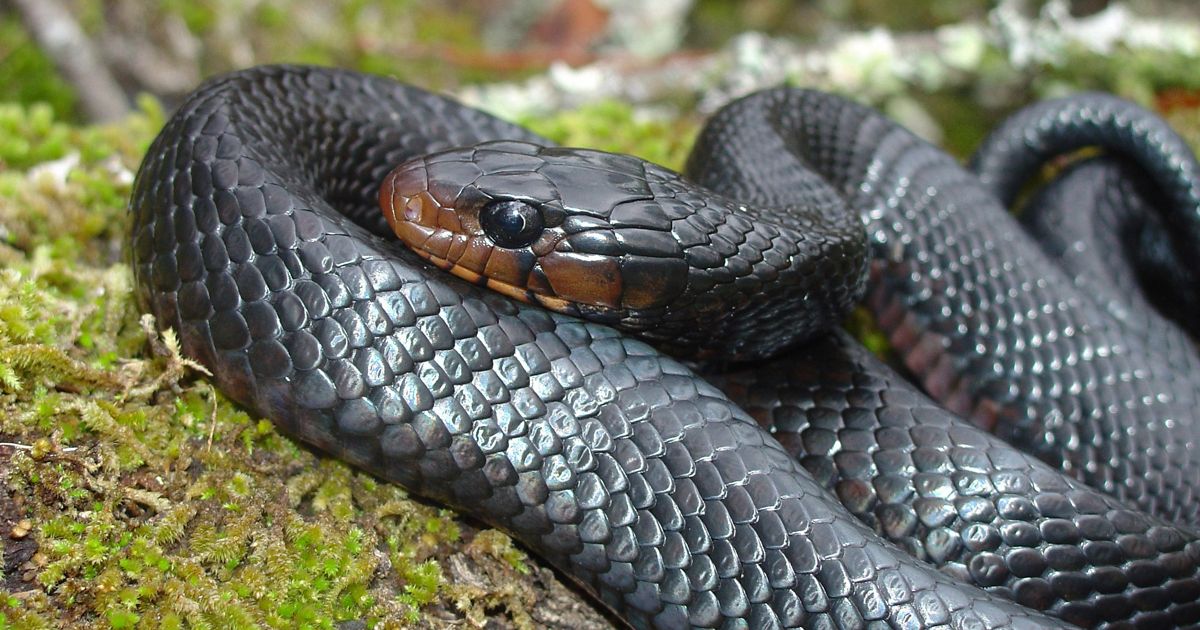Snakes have long been misunderstood creatures, often feared or dismissed as simple-minded predators. However, many snake species demonstrate remarkable intelligence, problem-solving abilities, and even distinct personalities. Among the non-venomous varieties, certain species stand out for their cognitive abilities, adaptability, and capacity to learn. These intelligent reptiles can recognize their keepers, navigate complex environments, and even demonstrate forms of social recognition. In this exploration of the seven most intelligent non-venomous snakes, we’ll discover how these fascinating animals challenge our preconceptions about reptilian cognition and reveal the complex minds behind those mesmerizing eyes.
Understanding Snake Intelligence: Beyond Instinct
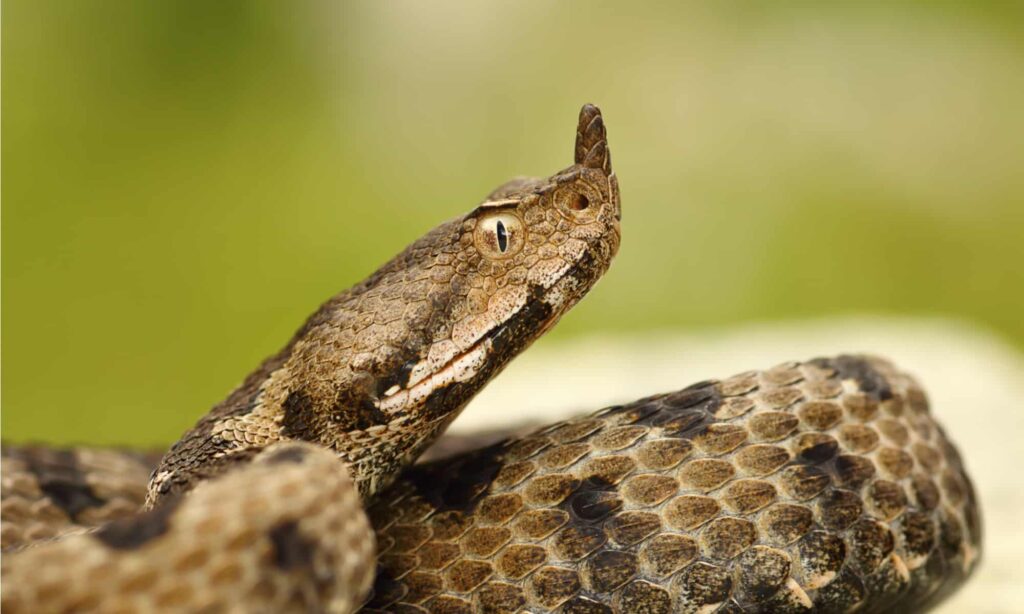
Snake intelligence differs significantly from mammalian intelligence, making direct comparisons challenging. While they lack the neocortex that mammals possess for higher cognitive functions, snakes have evolved specialized brain structures that allow for sophisticated behavioral adaptations. Intelligence in snakes manifests through their ability to learn from experiences, adapt hunting strategies, navigate complex environments, and even recognize familiar individuals. Research has shown that many snake species can learn to associate certain stimuli with rewards or dangers, demonstrating a capacity for classical conditioning. Additionally, some species exhibit remarkable spatial memory, remembering feeding locations, hiding spots, and territory boundaries across surprisingly long periods. Understanding snake intelligence requires appreciating these unique cognitive adaptations rather than measuring them against human-centric intelligence models.
1. Ball Python (Python regius): The Thoughtful Problem-Solver
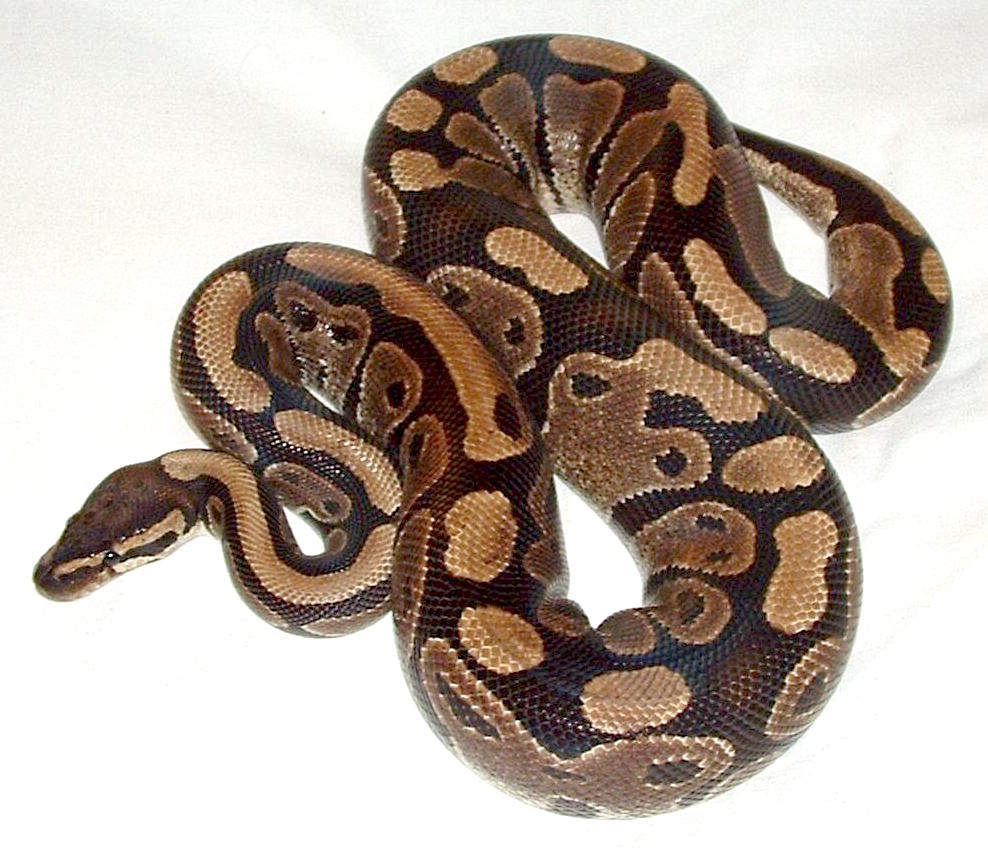
Ball pythons consistently rank among the most intelligent non-venomous snakes, exhibiting remarkable problem-solving abilities and environmental awareness. These West African natives have demonstrated the capacity to recognize their regular handlers, showing different behaviors toward familiar people versus strangers. In captivity, ball pythons have been observed remembering escape routes and hiding places within their enclosures, sometimes retrieving hidden food items from complex puzzles after initial training. Their intelligence extends to hunting strategies as well, where they’ve been documented using ambush techniques that require patience and timing rather than mere instinct. Ball pythons also show individual personality differences, with some specimens being naturally more curious and exploratory while others remain reserved, suggesting a level of behavioral complexity not typically associated with reptiles.
2. Corn Snake (Pantherophis guttatus): The Quick Learner
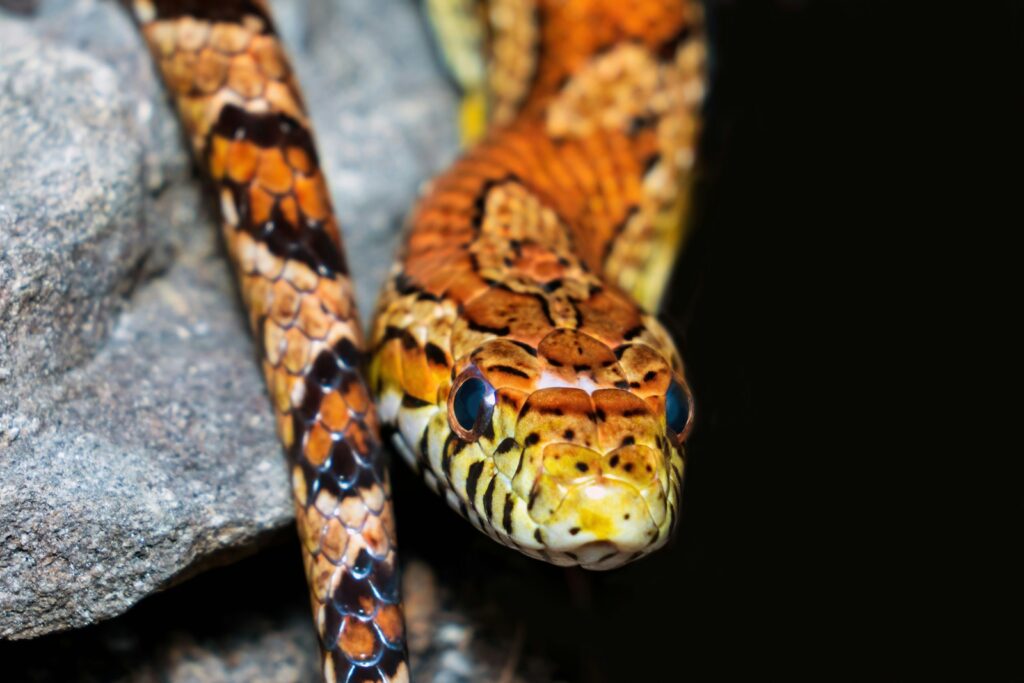
Corn snakes have earned their reputation as highly intelligent reptiles through their exceptional adaptability and rapid learning capabilities. These North American colubrids demonstrate impressive spatial memory, often remembering the layout of their enclosures even after significant time away. Research has shown that corn snakes can learn to navigate mazes with increasing efficiency over time, suggesting they form mental maps of their surroundings. Their problem-solving abilities are particularly evident in feeding scenarios, where they can modify hunting techniques based on prey behavior and environmental conditions. Corn snakes also show remarkable handler recognition, often becoming more relaxed with regular caregivers while remaining cautious with unfamiliar humans. This combination of learning capacity, spatial awareness, and social recognition places corn snakes among the cognitive elite of non-venomous snake species.
3. Rat Snake (Pantherophis obsoletus complex): The Adaptive Hunter
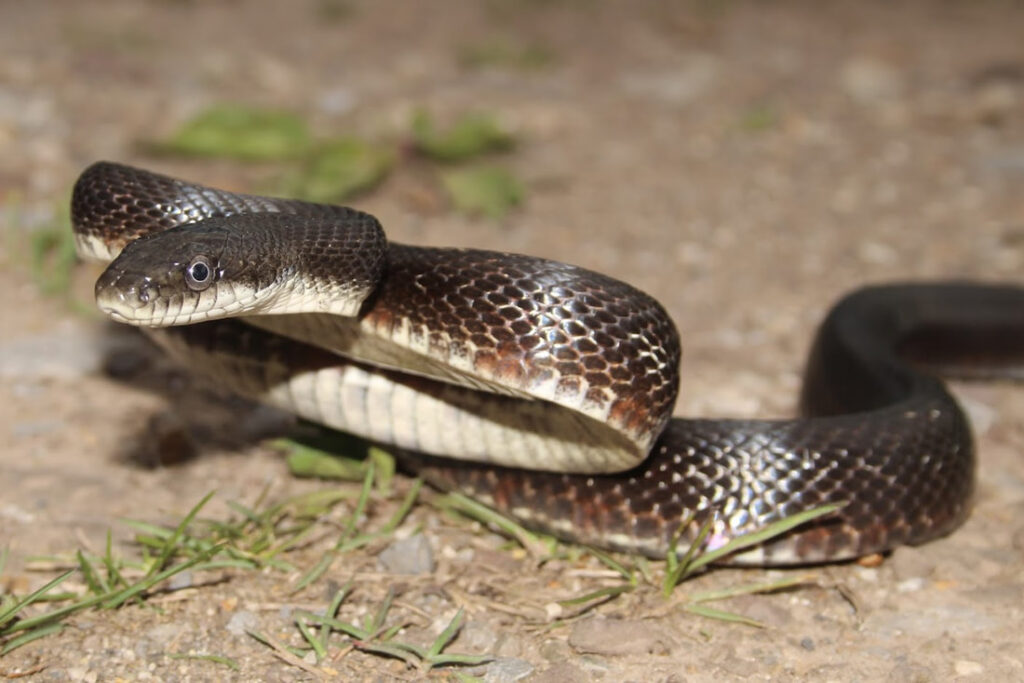
Rat snakes display exceptional intelligence through their highly adaptive hunting strategies and environmental problem-solving abilities. These versatile predators can modify their hunting approaches based on prey type, location, and previous experiences, showing a sophisticated level of behavioral flexibility. Field researchers have documented rat snakes remembering successful hunting locations and returning to them seasonally, demonstrating long-term spatial memory that spans months or even years. Their climbing abilities require complex spatial awareness and motor planning, as they navigate three-dimensional environments with remarkable precision. In captivity, rat snakes quickly learn feeding routines and can distinguish between their regular caretakers and unfamiliar people, often showing different defensive responses based on this recognition. Their ability to adapt to diverse habitats across North America further highlights their cognitive flexibility and problem-solving capabilities.
4. King Snake (Lampropeltis getula): The Strategic Predator
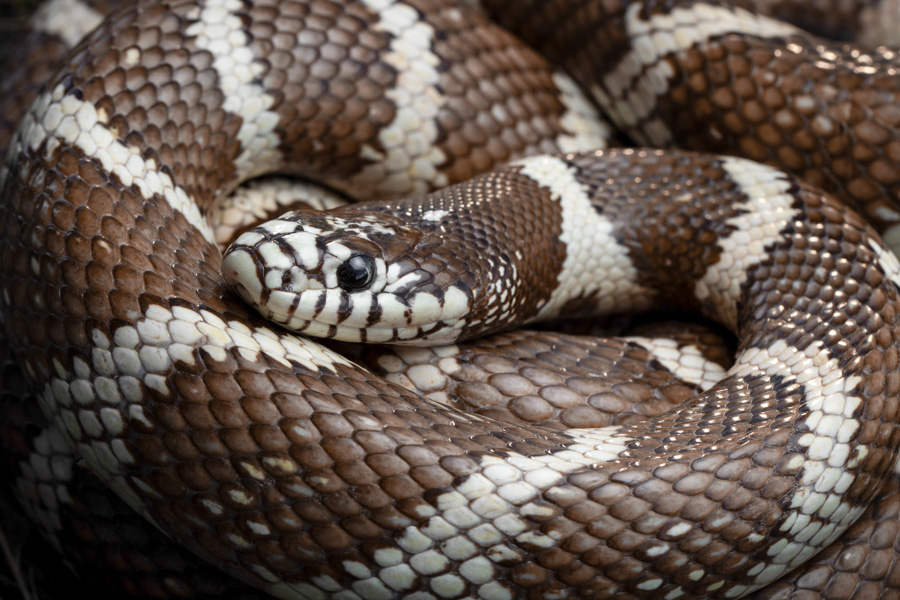
King snakes demonstrate remarkable intelligence through their specialized hunting strategies, particularly when targeting other snakes, including venomous species. Their immunity to certain snake venoms isn’t merely a physiological adaptation but is paired with sophisticated hunting behaviors that minimize risk and maximize efficiency. King snakes exhibit exceptional spatial memory, often returning to successful hunting grounds and remembering complex burrow systems where prey may hide. In captivity, they quickly learn feeding schedules and can associate specific sounds or movements with feeding time, showing classical conditioning capabilities. Researchers have observed king snakes solving complex environmental puzzles to reach food rewards, adjusting their strategies based on previous successes or failures. Their ability to distinguish between threatening and non-threatening stimuli also suggests a sophisticated risk assessment capacity that goes beyond simple instinctual responses.
5. Boa Constrictor (Boa constrictor): The Perceptive Giant
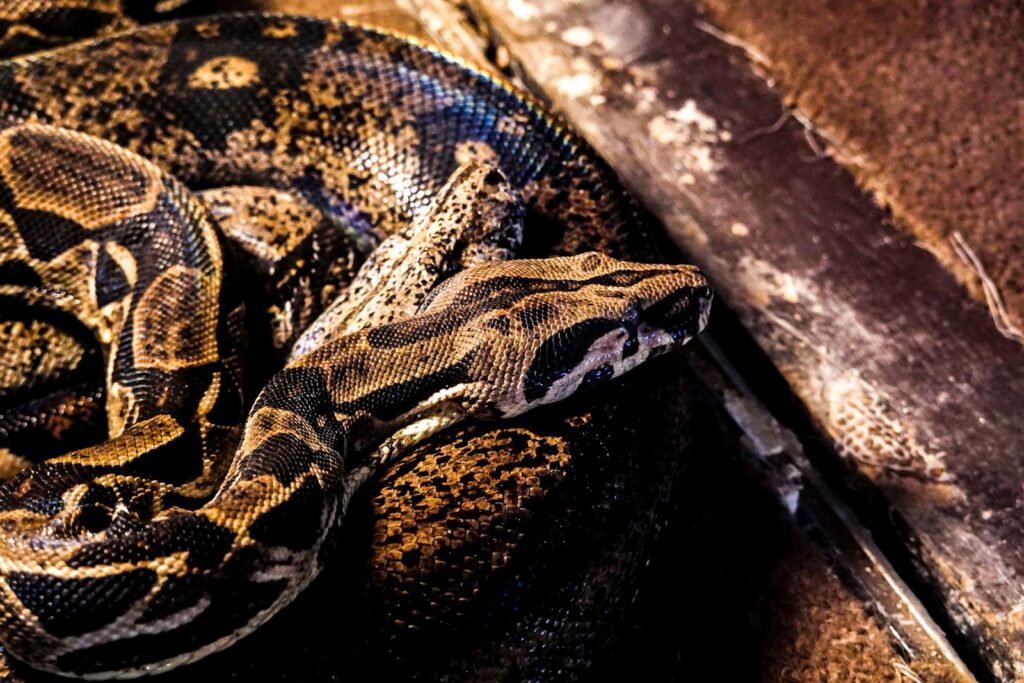
Boa constrictors exhibit a form of intelligence that combines excellent sensory integration with sophisticated behavioral adaptations. These large constrictors possess remarkable infrared-sensing abilities through specialized heat pits, which they integrate with visual and chemical information to form complex perceptions of their environment. Studies have shown that boas can remember the location of prey items for extended periods and will adapt their hunting strategies based on prey size, behavior, and environmental conditions. In captivity, boas demonstrate recognition of regular handlers, often becoming more relaxed and exploratory with familiar people while remaining cautious with strangers. Their problem-solving abilities are particularly evident when exploring new environments, where they methodically investigate potential hiding spots, escape routes, and vantage points before settling into a space. Boas also show individual personality differences, with some specimens being naturally more curious and adaptable than others.
6. Garter Snake (Thamnophis sirtalis): The Social Learner
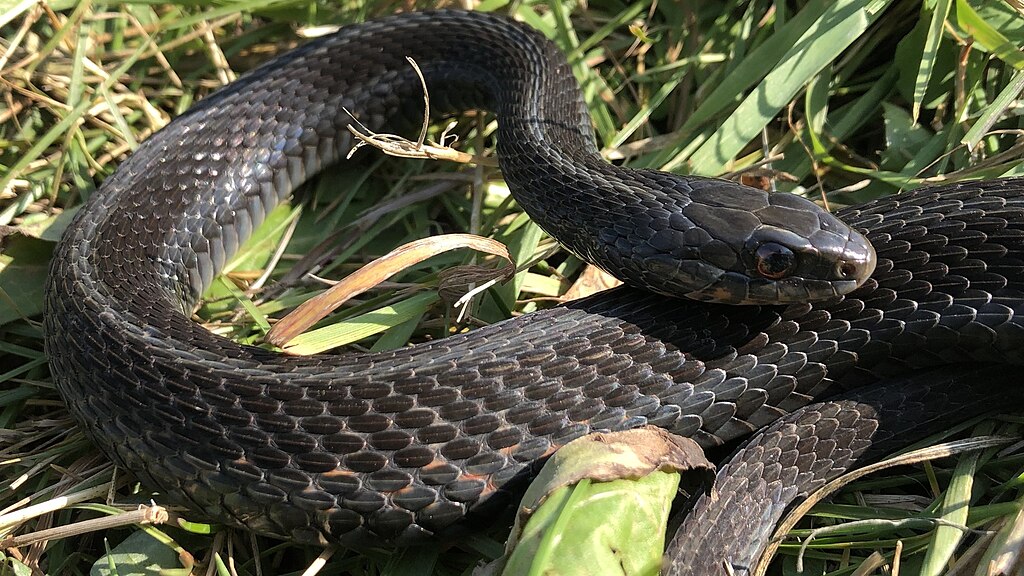
Garter snakes challenge many assumptions about snake intelligence through their unique social behaviors and learning capabilities. Unlike many snake species that lead solitary lives, garter snakes often hibernate in communal dens and show recognizable social structures, suggesting more complex social cognition than previously believed. Research has demonstrated that garter snakes can learn from observing the behaviors of other snakes, a form of social learning rarely documented in reptiles. Their adaptability is remarkable—garter snakes can modify their diets based on local food availability and have been observed using different hunting techniques for different prey types. In experimental settings, garter snakes have shown the ability to solve simple puzzles to access food rewards, improving their performance over successive trials. Their capacity to learn safe migration routes and return to the same hibernation dens year after year also demonstrates sophisticated spatial memory and navigation abilities.
7. Hognose Snake (Heterodon species): The Theatrical Tactician
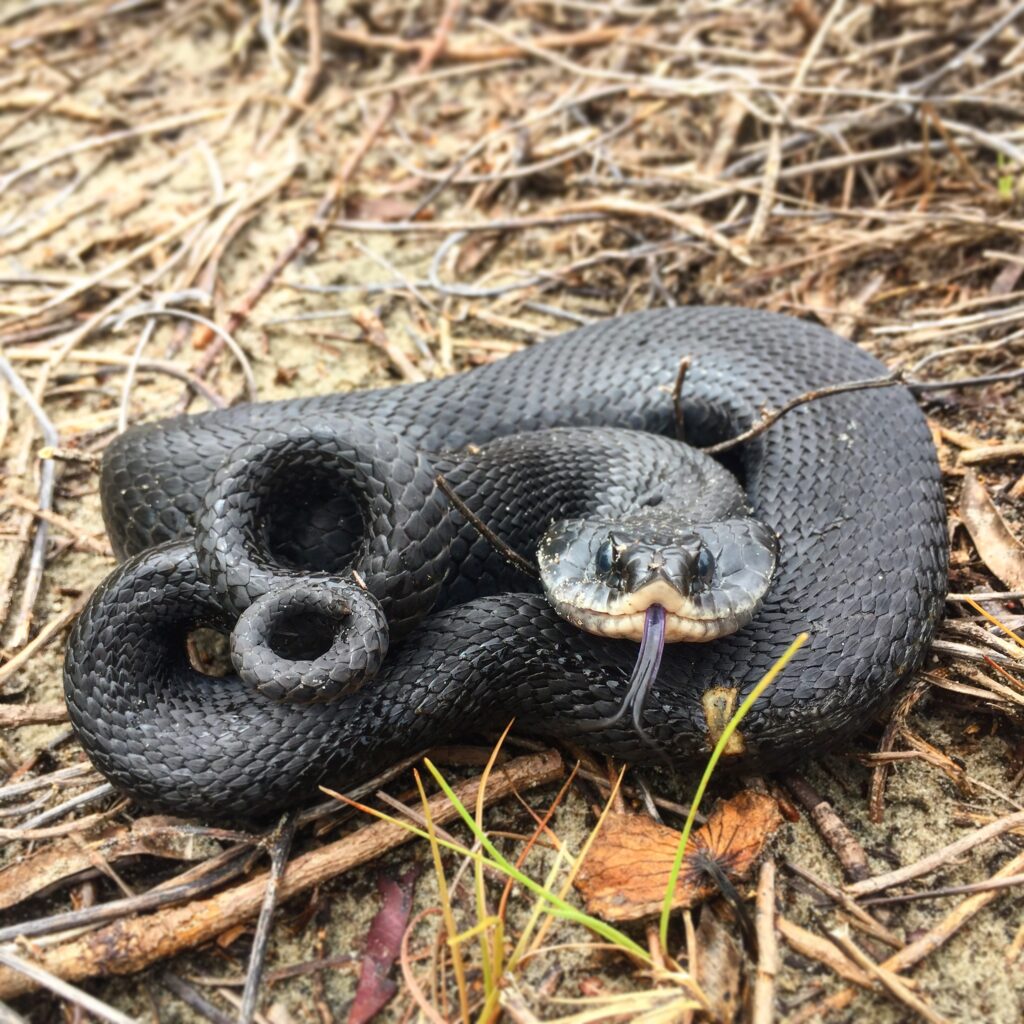
Hognose snakes display intelligence through their elaborate defensive behaviours that require situational awareness and behavioural flexibility. Their famous “playing dead” routine involves a complex sequence of behaviours—rolling onto their backs, opening their mouths, extruding their tongues, and even emitting foul odours—that suggests a sophisticated understanding of predator psychology. What makes this behavior particularly remarkable is that hognose snakes can modify their defensive displays based on the perceived threat level, escalating their performance if initial tactics fail to deter predators. In captivity, hognose snakes demonstrate impressive learning abilities, quickly recognizing their regular handlers and showing reduced defensive behaviors over time. They also exhibit excellent spatial memory, remembering burrowing locations and hunting grounds across substantial time periods. Their specialized feeding adaptations for consuming toads require complex motor skills and behavioral sequences that highlight their cognitive flexibility.
Factors That Influence Snake Intelligence
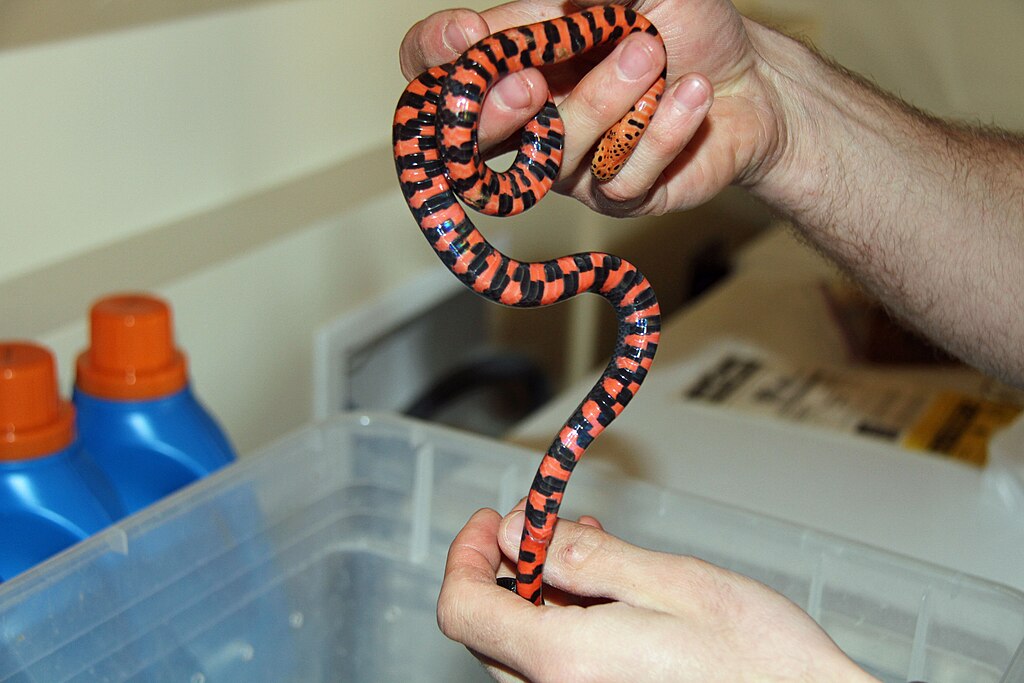
Several key factors contribute to the development and expression of intelligence in snakes. Brain anatomy plays a fundamental role, with species that have more developed optic tecta and medial cortices often showing enhanced spatial awareness and learning capabilities. Environmental complexity during development significantly impacts cognitive development, with snakes raised in enriched environments typically displaying greater problem-solving abilities than those from barren settings. Feeding strategies strongly correlate with certain types of intelligence—active hunters generally demonstrate more complex spatial reasoning than ambush predators, while specialized feeders often develop sophisticated prey-specific hunting techniques. Longevity also influences intelligence, as longer-lived species have more time to accumulate experiences and learn from them. Additionally, the degree of parental care, albeit rare in snakes, correlates with certain cognitive traits, with the few species that show maternal protection of eggs or young often displaying more complex behaviors in other domains as well.
How Scientists Measure Snake Intelligence
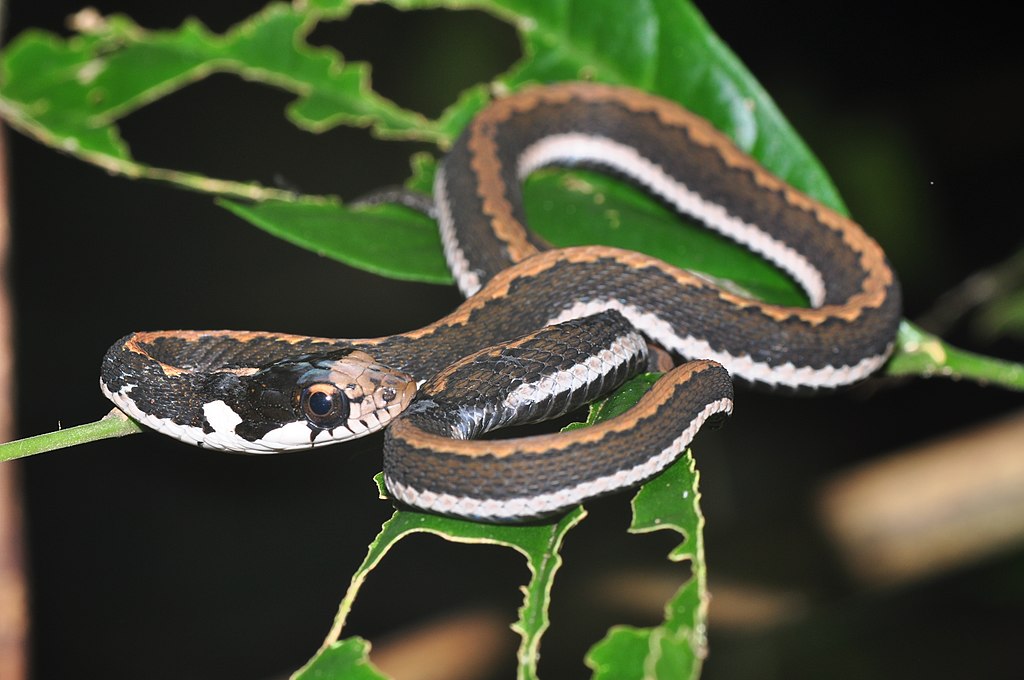
Researchers employ various methodologies to assess cognitive abilities in snakes, adapting techniques from broader animal cognition studies to suit reptilian subjects. Maze learning experiments evaluate spatial memory and problem-solving, measuring how quickly snakes navigate increasingly complex pathways to reach food rewards or hiding spots. Operant conditioning tests assess a snake’s ability to associate certain actions with rewards, such as pressing a lever to receive food or heat. Discrimination learning studies examine whether snakes can distinguish between different visual, chemical, or tactile stimuli and modify their behavior accordingly. Novel object tests evaluate curiosity and environmental exploration, important components of intelligence across species. Recognition experiments determine whether snakes can identify familiar handlers, conspecifics, or environments versus novel ones. These methodologies must account for snakes’ sensory biases and natural behaviors to provide accurate measures of their cognitive abilities rather than merely testing their responsiveness to human-centric experimental designs.
Snake Intelligence in the Wild vs. Captivity
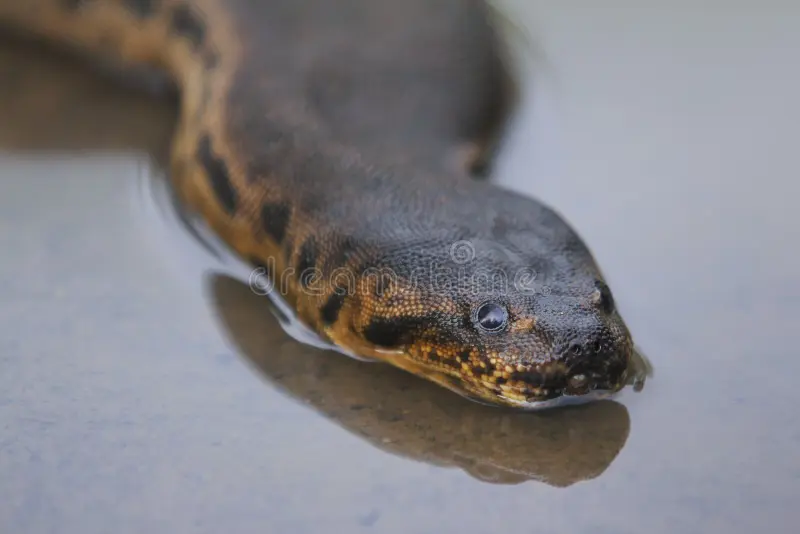
Snake intelligence manifests differently in wild versus captive environments, with each context revealing unique aspects of their cognitive abilities. In the wild, snakes must navigate complex, changing landscapes, remember seasonal food sources, avoid predators, and locate appropriate shelter—challenges that develop sophisticated spatial memory and adaptive decision-making. These natural pressures create selection for certain types of intelligence that may not be immediately apparent in captivity. Conversely, captive environments often reveal different cognitive capabilities, such as handler recognition, adaptation to artificial feeding regimes, and problem-solving in novel situations designed by human caretakers. Captive snakes sometimes develop more sophisticated social recognition than their wild counterparts due to regular interaction with humans. Research suggests that captive-bred snakes raised with environmental enrichment can develop enhanced problem-solving abilities compared to both wild-caught specimens and those kept in barren enclosures, highlighting the plasticity of snake intelligence and its responsiveness to environmental complexity.
Caring for Intelligent Snakes: Enrichment Strategies
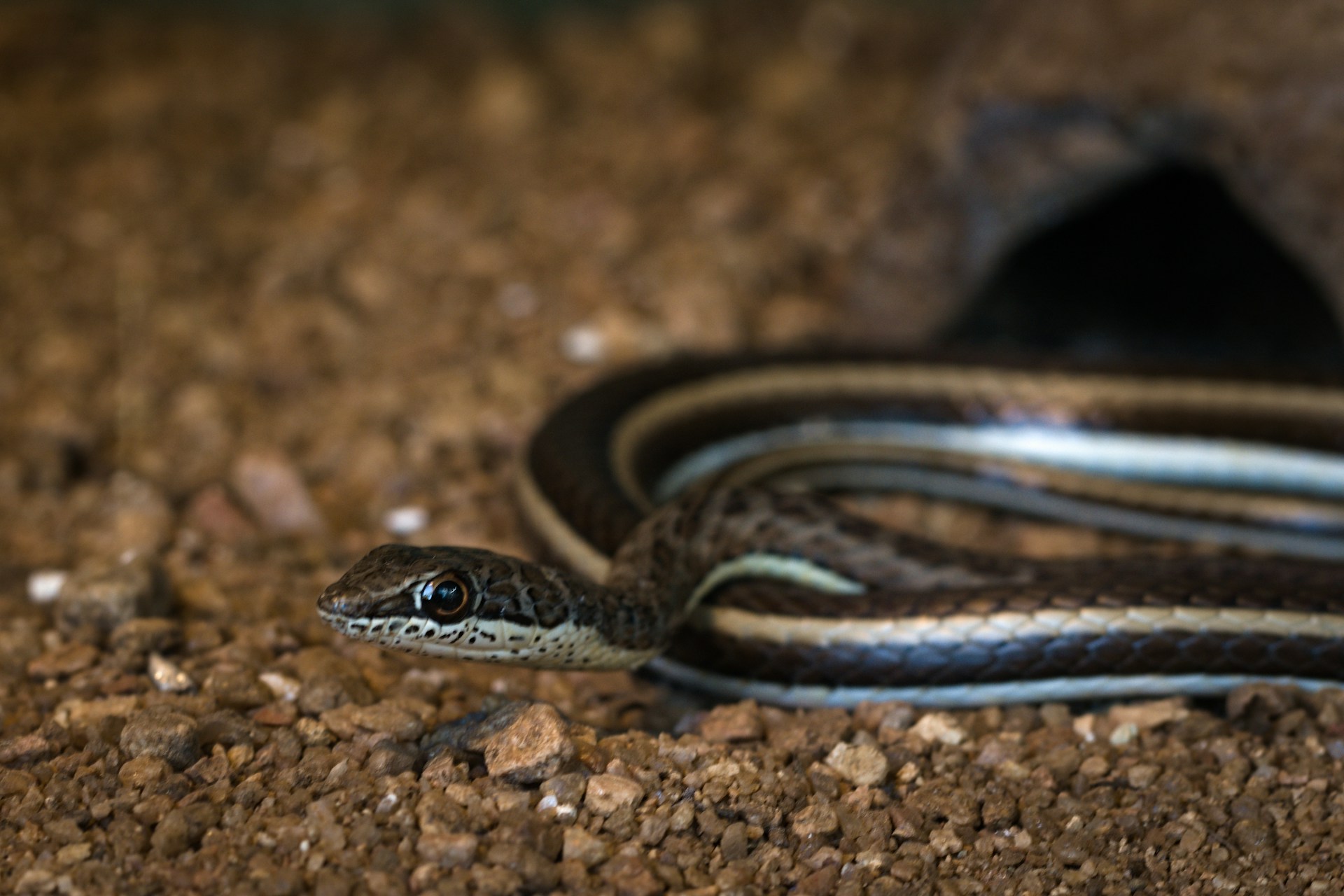
Providing appropriate environmental enrichment is crucial for supporting the cognitive health of intelligent snake species in captivity. Complex enclosure designs that include multiple hiding spots, climbing opportunities, and varying substrate textures allow snakes to engage in natural exploratory behaviors that stimulate mental activity. Feeding enrichment, such as occasionally hiding food items or providing puzzle feeders appropriate for snakes, encourages problem-solving and natural hunting behaviors. Regularly rearranging habitat elements creates novelty that stimulates exploration and spatial learning without causing excessive stress. Temperature gradients within enclosures allow snakes to make thermoregulatory choices, an important form of environmental interaction for reptiles. Providing controlled and supervised exploration time outside the primary enclosure offers novel stimuli that many intelligent snake species actively engage with. For particularly intelligent species like ball pythons and rat snakes, incorporating training sessions using positive reinforcement can provide mental stimulation while strengthening the bond between snake and keeper.
Debunking Myths About Snake Intelligence
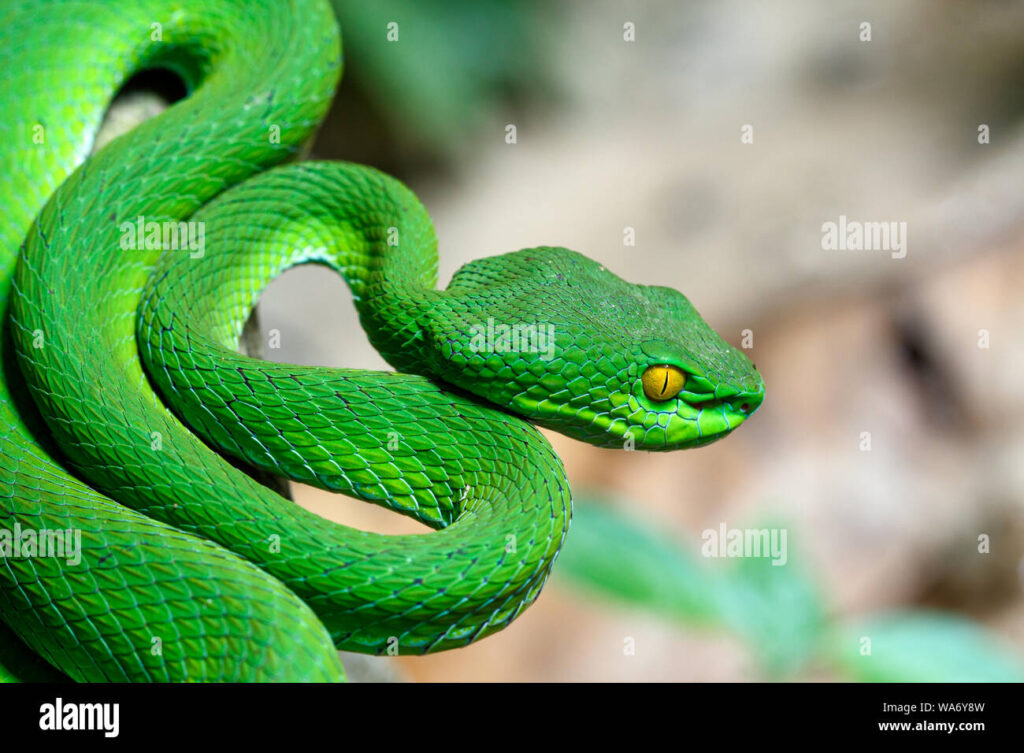
Many persistent misconceptions about snake intelligence continue to influence public perception of these remarkable reptiles. The notion that snakes operate solely on instinct without learning capability has been thoroughly disproven by research showing their capacity for classical conditioning, spatial learning, and even observational learning in some species. Another common myth suggests that all snakes have identical intelligence levels, when in reality, cognitive abilities vary dramatically between species based on evolutionary history, ecological niche, and brain structure. The misconception that snakes cannot recognize individual humans has been contradicted by numerous studies and keeper observations documenting differential responses to familiar versus unfamiliar people. Some believe that snakes lack memory beyond a few days, yet research has demonstrated long-term spatial memory lasting months or even years in many species. Perhaps most pervasively, the idea that snakes are inherently “primitive” creatures with simple brains overlooks the sophisticated neural adaptations that allow them to thrive in diverse environments through complex behavioral strategies.
The Future of Snake Cognition Research
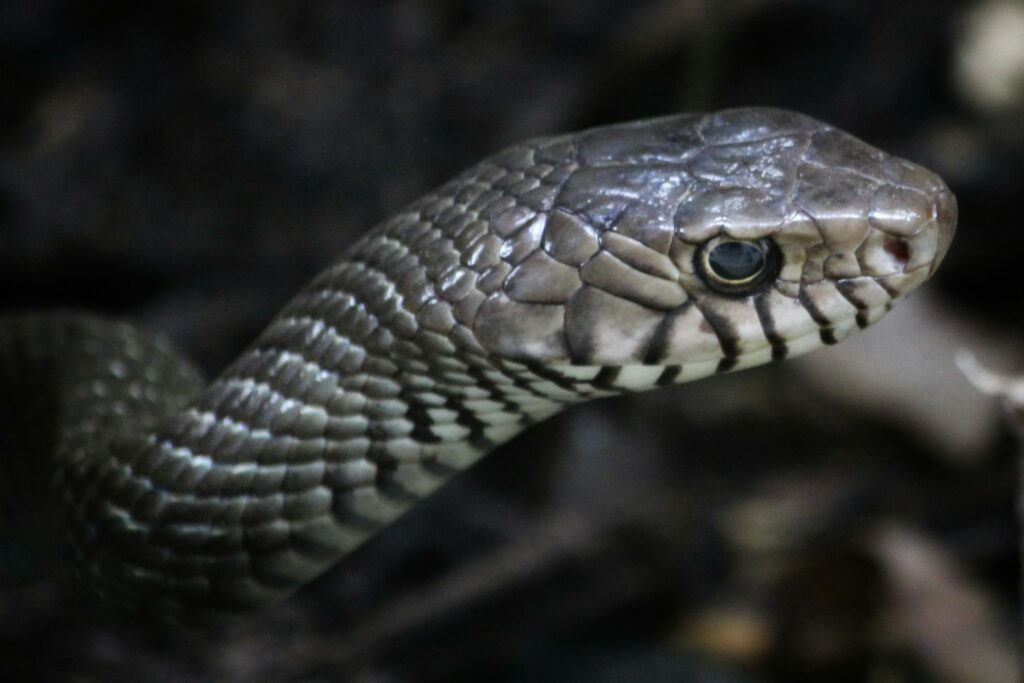
The field of snake cognition research stands at an exciting frontier, with new technologies and methodologies opening unprecedented windows into reptilian minds. Advanced neuroimaging techniques adapted for reptilian brains promise to reveal the neural mechanisms underlying snake cognitive processes, potentially identifying specialized brain regions involved in spatial memory, social recognition, and problem-solving. Genetic studies exploring the molecular basis of behavioral traits in snakes may help scientists understand the evolutionary development of different forms of intelligence across reptile species. Field-based cognitive testing using minimally invasive methods could provide insights into natural cognitive behaviors that may not appear in laboratory settings. Cross-species comparative studies examining related snake species from different ecological niches could illuminate how environmental pressures shape cognitive evolution. As research techniques improve and scientific interest in reptile cognition grows, our understanding of snake intelligence will likely undergo significant refinement, challenging long-held assumptions about the cognitive limitations of these fascinating animals.
Conclusion: Appreciating the Complex Minds of Serpents
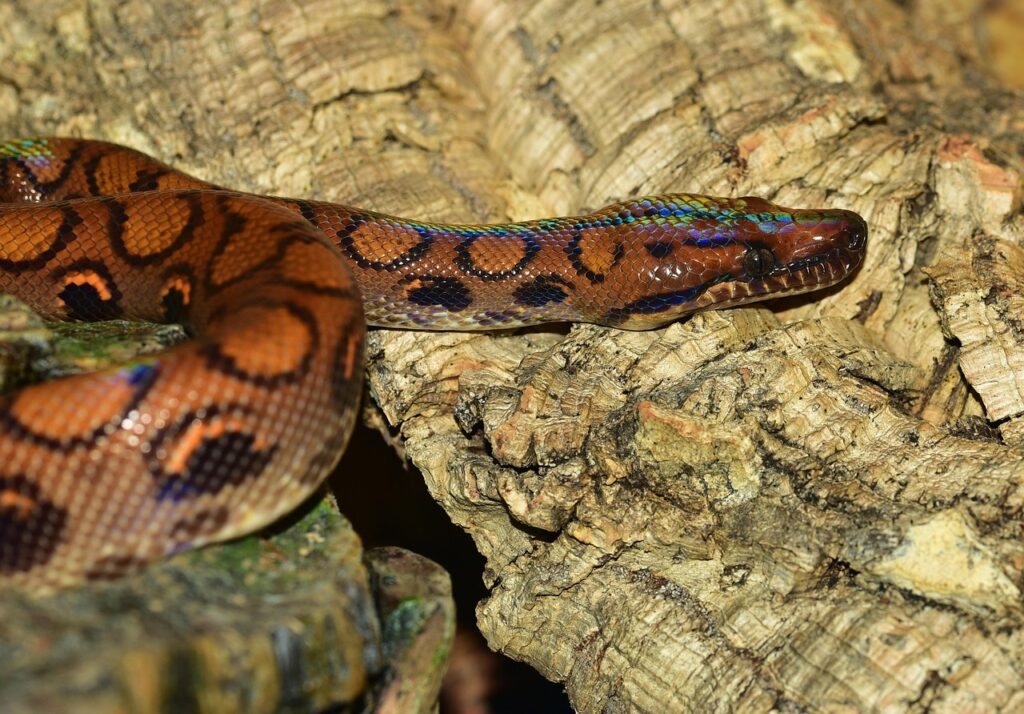
The intelligence displayed by non-venomous snakes challenges our traditional understanding of reptilian cognition and invites a deeper appreciation for these remarkable animals. From the problem-solving ball python to the socially complex garter snake, these species demonstrate that intelligence in the animal kingdom takes diverse forms beyond the mammalian paradigm we often prioritize. Their capacity for learning, memory, recognition, and behavioral adaptation represents millions of years of evolutionary refinement perfectly suited to their ecological niches. For snake enthusiasts and keepers, recognizing and supporting these cognitive abilities through appropriate care and enrichment enhances both the welfare of captive specimens and the rewarding relationships that can develop between humans and these intelligent reptiles. As research continues to uncover the sophisticated mental capabilities of snakes, perhaps we can move beyond fear and misunderstanding toward a more nuanced appreciation of the complex minds that exist in these remarkable, legless reptiles.

